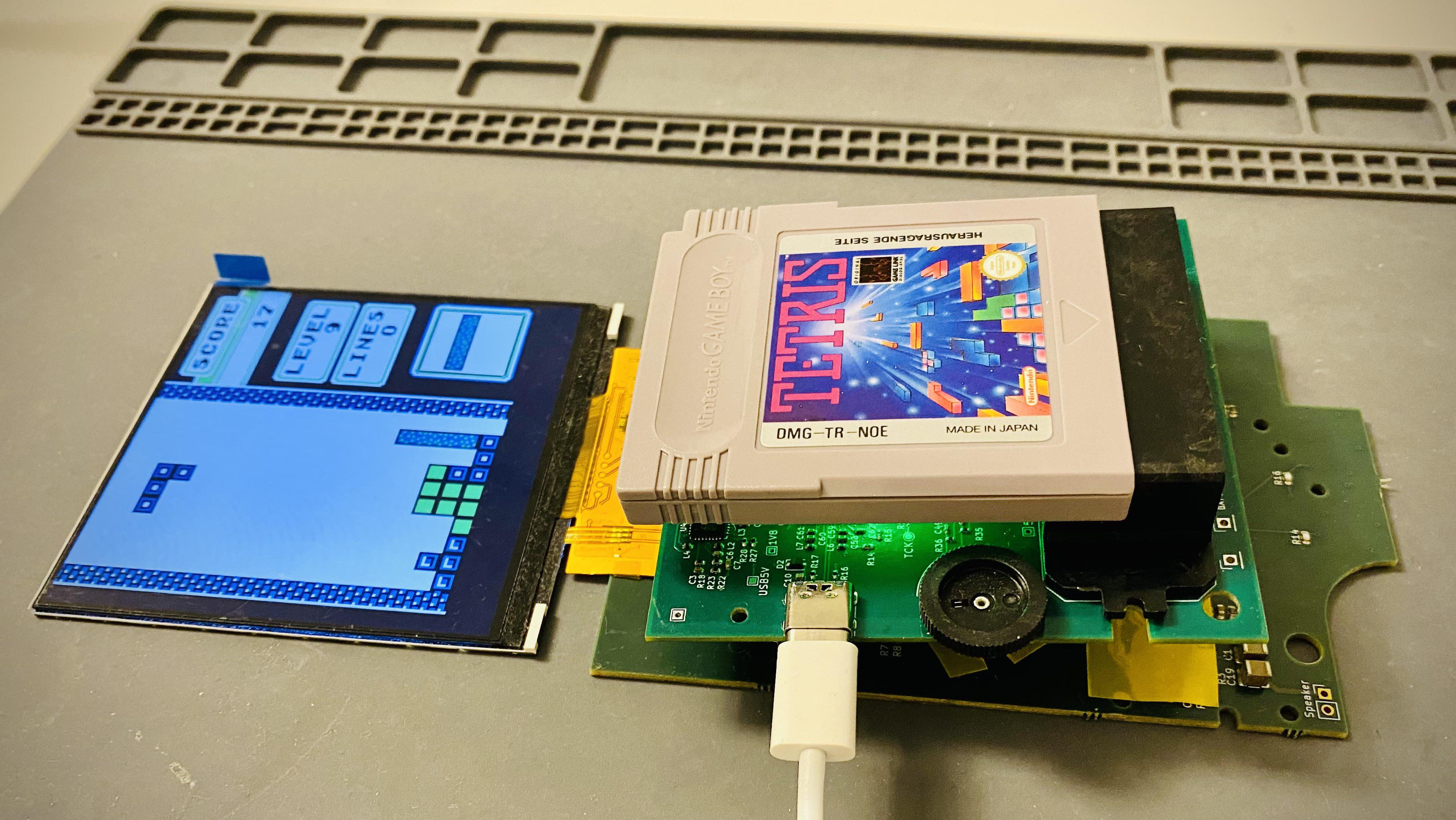Time: 2025-05-21 11:54:29View:
Designing Tetris on an FPGA is an excellent project that combines graphics rendering, input handling, game logic, and finite state machines. Below is a complete overview of how to design Tetris for an FPGA — typically targeting platforms like Xilinx Artix-7 with VGA output and button inputs.

pgsql +-------------------+ | Clock Divider | ← System clock to pixel/game timing +-------------------+ ↓ +-------------------+ | Input Unit | ← Button or keyboard handling +-------------------+ ↓ +-------------------+ | Game Controller | ← FSM for Tetris logic +-------------------+ ↓ +-------------------+ | Block Generator | ← New Tetrimino logic +-------------------+ ↓ +-------------------+ | Game Memory | ← Stores grid state +-------------------+ ↓ +-------------------+ | VGA Driver | ← Outputs visuals to screen +-------------------+
Inputs: Use push buttons (left, right, rotate, down, start/reset).
Clock: Use a clock divider to generate slower game and VGA pixel clocks (e.g., 25 MHz for VGA 640×480).
Key states:
Idle: Waiting for start
Spawn: Generate new block
Fall: Move block down every interval
Move/Rotate: Respond to input
Lock: Freeze block when it can’t fall
Clear: Remove filled lines
Game Over
7 types of Tetriminoes (I, O, T, S, Z, J, L)
Represent each as a 4×4 matrix
Rotate using 90-degree matrix rotation or lookup table
Grid size: 10 (width) × 20 (height)
Store in 2D array or block RAM (BRAM):reg [3:0] grid[0:19][0:9];
Update when blocks settle or lines are cleared
Debounce and interpret:
LEFT, RIGHT, DOWN, ROTATE, START
Can be done via FSM or counters to handle key hold durations
Use a VGA controller module:
Horizontal sync
Vertical sync
Pixel RGB output
Translate grid content into pixel regions (each block could be 20×20 pixels)
Color each block based on type
Score tracking
Speed increase with level
Sound (with PWM output)
Pause/resume
| Module | Function |
|---|---|
clock_divider.v | Derives slower clocks |
debouncer.v | Debounces button inputs |
tetris_logic.v | Handles FSM, block logic |
vga_driver.v | Generates VGA sync signals |
grid_renderer.v | Maps grid to pixels |
input_controller.v | Interprets user inputs |
Use 10×20 block grid, each block 20×20 pixels
Leave margin on screen edges
Draw only active game area to VGA
Use simulation tools (e.g., ModelSim, Vivado) to simulate FSM and game logic.
Test block rotations, collision, and line clearing.
Visual testing via actual VGA screen or simulation waveform.
FPGA Board (e.g., Basys 3, Nexys A7)
VGA Cable and Monitor
Vivado / Quartus Design Suite
Optional: PS/2 or USB keyboard module
Building Tetris on an FPGA is a full-stack hardware design challenge involving:
HDL (Verilog/VHDL)
Game mechanics
Graphics output (VGA)
Input management
Finite State Machines